The need for energy storage is growing in Canada as more renewable energy sources like wind and solar come online. Renewables account for an increasing share of electricity generation, but they produce intermittent power that doesn’t always match demand. Energy storage provides a solution by capturing excess renewable energy when supply exceeds demand and discharging it when needed.
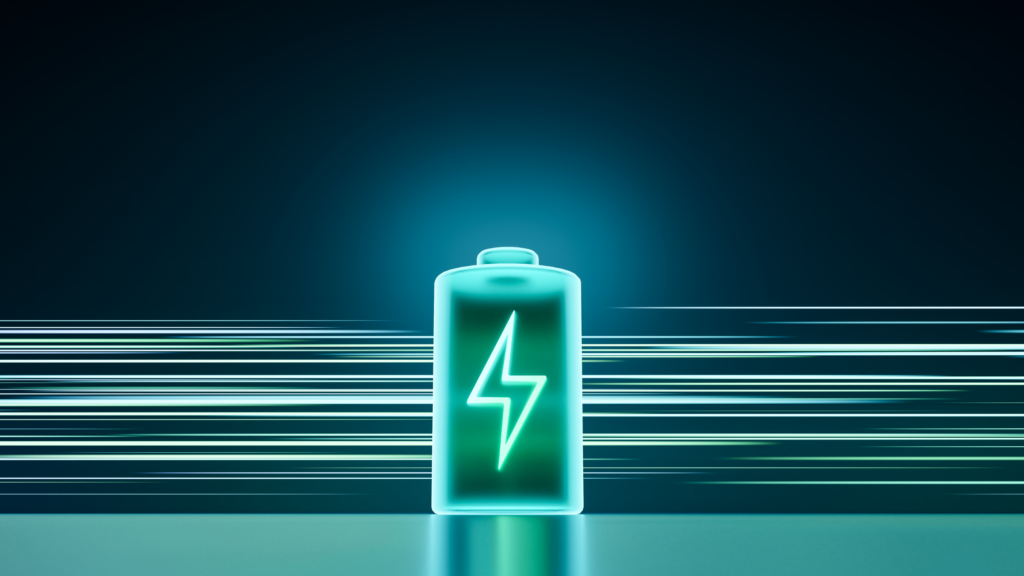
With energy storage, renewable power can be shifted to times of peak demand instead of curtailing it. This allows renewable energy to play a bigger role in meeting Canada’s electricity needs. Energy storage also helps stabilize the grid by balancing supply and demand in real time. As Canada works to cut emissions and fight climate change, energy storage will be a key enabling technology to integrate more renewables onto the grid.
Current State of Energy Storage in Canada

Canada currently has a modest amount of energy storage capacity, mostly in the form of pumped hydro storage. The main pumped hydro facilities are in Ontario, Quebec, and British Columbia. These facilities can store large amounts of energy by pumping water uphill into a reservoir when electricity demand is low and releasing it to generate hydroelectricity when demand is high.
Aside from pumped hydro, most of Canada’s grid-connected energy storage comes from lithium-ion, lead-acid, and sodium-sulfur batteries. These are typically used for frequency regulation, load shifting, and other grid support applications. Behind-the-meter batteries paired with solar PV systems are also becoming more common for homes and businesses across the country.

Overall, Canada now has a total installed capacity of 21.9 GW, but the market is poised for significant growth in the coming years driven by declining battery costs and increasing need for storage.
Emerging Battery Technology
There are several promising new battery technologies emerging that are well suited for energy storage applications in Canada.
Lithium-Ion
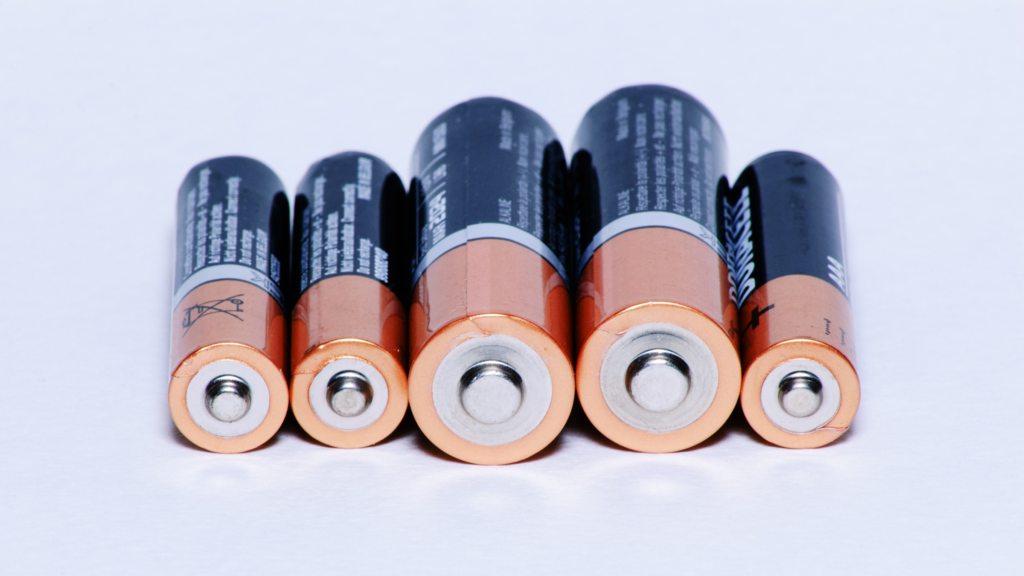
Lithium-ion batteries have become the dominant battery technology for energy storage due to their high energy density, high efficiency, low self-discharge properties and falling prices. Improvements in lithium-ion chemistries and manufacturing have enabled rapid growth in grid-scale lithium-ion storage installations around the world. Key lithium-ion variants for energy storage include lithium nickel manganese cobalt oxide (NMC), lithium iron phosphate (LFP), and lithium titanate oxide (LTO) chemistries.
Flow Batteries
Flow batteries are an emerging technology that uses liquid electrolytes stored in tanks external to the battery cell. This allows the energy capacity to be scaled independently of power capacity. Flow batteries have long lifetimes, deep discharge capabilities, and minimal degradation over cycles. Key flow battery chemistries include vanadium redox and zinc-bromine flow batteries.
Sodium-Ion and Other Advanced Chemistries
There is also active research into post-lithium-ion chemistries such as sodium-ion and magnesium-ion batteries. These technologies hold promise for reduced material costs and improved performance but are still in earlier stages of commercialization compared to lithium-ion. Continued innovation in advanced battery chemistries will enable longer duration energy storage at lower costs.
Grid-Scale Battery Storage
Large battery installations are increasingly being used to support electricity grids and improve reliability and resilience. These grid-scale batteries have capacities of 10 megawatts or more and are connected directly to the transmission and distribution system.

Grid-scale batteries provide valuable services to grid operators. They can store excess renewable energy when supply exceeds demand and discharge it when needed. They also help smooth out fluctuations in renewable power generation. Fast-acting batteries can provide frequency regulation to stabilize the grid when there are sudden mismatches between supply and demand. Grid-scale batteries can supply emergency backup power and reduce congestion on transmission lines.
Behind-the-Meter Storage
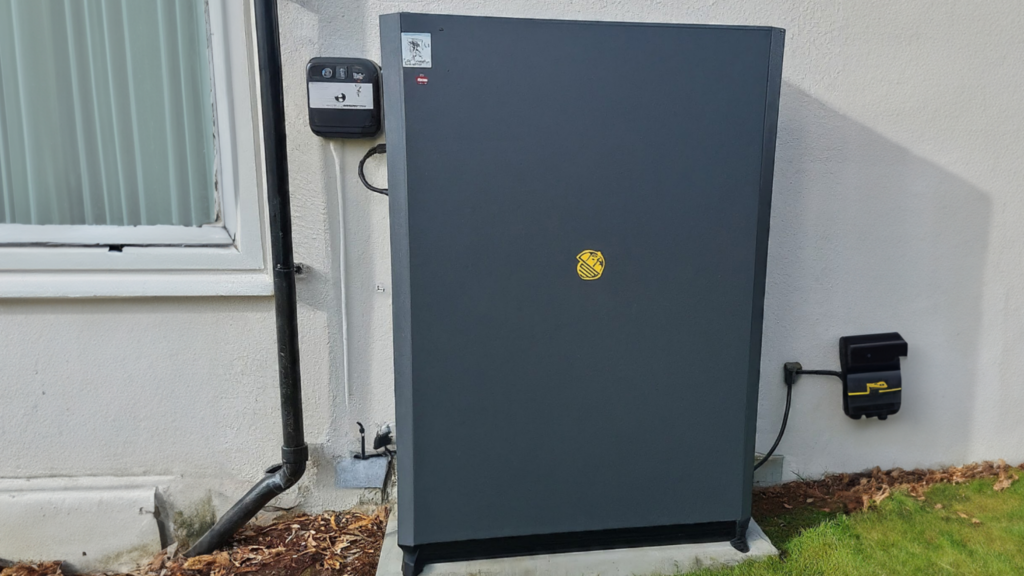
Behind-the-meter storage refers to energy storage systems installed by residential or commercial customers to store electricity for use on-site. This allows customers to better manage their energy use and costs. Home and business energy storage typically uses lithium-ion batteries, the same technology found in electric vehicles and consumer electronics.
Key benefits of behind-the-meter storage include:
- Energy bill management – Store energy when prices are low and use it when prices are high
- Backup power – Provide electricity in the event of an outage
- Increase self-consumption of solar – Store excess solar generation for use at night
- Demand charge reduction – Reduce peak demand charges for commercial customers
- Resiliency – Maintain critical loads during outages
Behind-the-meter storage can also provide benefits to the grid by reducing peak demand and integrating more renewable energy. As costs continue to decline, adoption of home and business energy storage is expected to grow significantly in the coming years. Key factors influencing growth include electricity rates, net metering policies, technology advances, and consumer education.
Energy Storage Use Cases
Energy storage systems have several important uses in Canada’s electricity grid and for individual homes and businesses. Here are some of the main applications:
Time Shifting
Time shifting involves charging up batteries when electricity demand is low, such as at night, and then discharging them during peak hours when electricity prices are high. This allows utilities and consumers to reduce their electricity costs by buying more power when it’s cheap.
Backup Power
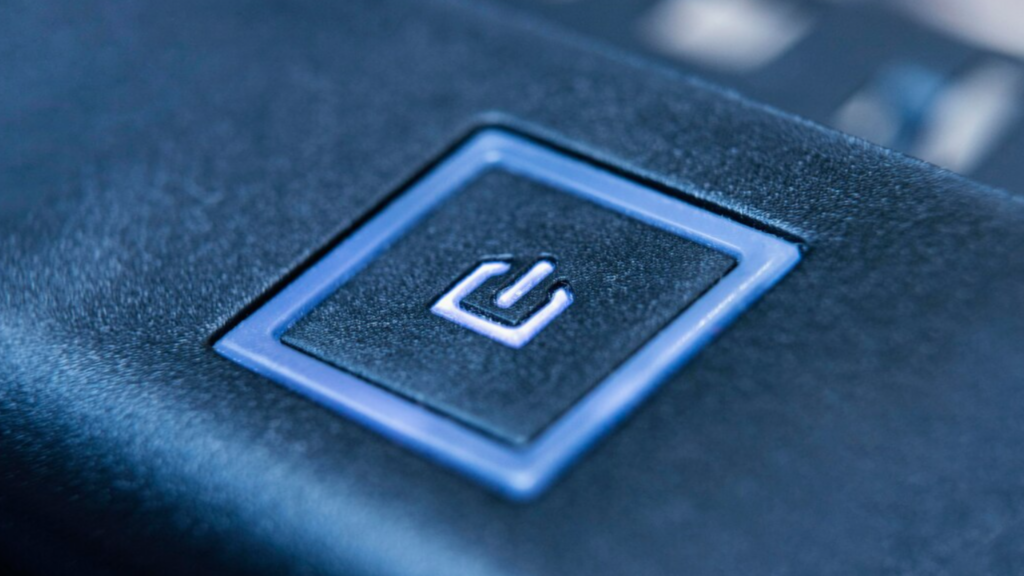
Having battery storage on-site provides backup electricity in case of grid outages. This provides homes and businesses with emergency power to keep critical loads running. It also helps utilities quickly restore service by using the stored energy.
Renewables Integration
Wind and solar power are weather-dependent and generate electricity intermittently. Batteries allow renewable energy to be captured and discharged when needed. Energy storage helps smooth out the variable nature of renewables.
Peak Shaving

Peak shaving means reducing your maximum power demand during peak hours. This helps consumers avoid high demand charges. Stored electricity can be used during peak times instead of drawing full power from the grid. For example, Ontario offers an ultra-low overnight pricing plan, which has a 2.8 cent/ kWh rate from 11 p.m. to 7 a.m.
Microgrids
Pairing renewable energy with battery storage enables self-sufficient microgrids that can island from the main grid. These resilient systems provide localized power for communities, campuses or military bases.
Electric Vehicles
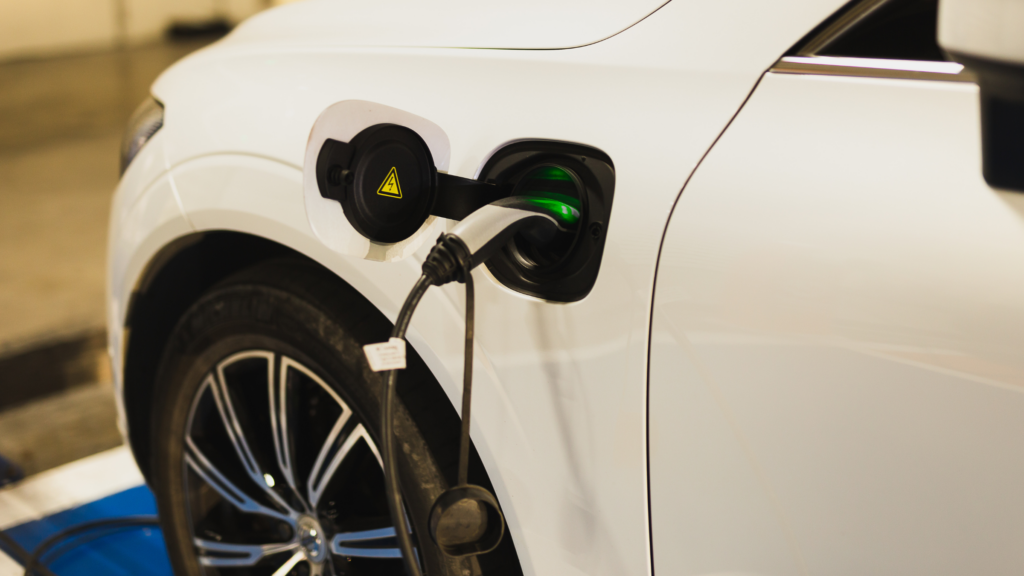
Vehicle-to-grid technology allows EV batteries to discharge into a building. This provides energy services beyond transportation. Smart charging and discharging of EVs can support the grid.
Frequency Regulation
Batteries can provide frequency regulation services by quickly adjusting charge and discharge rates to keep the grid frequency stable. This helps balance power supply and demand.
Government Policy

The Canadian government has introduced several policies and incentives to encourage energy storage deployment. These include:
Regulations
Provinces like Ontario, Alberta, and British Columbia have implemented energy storage targets to drive growth. Some provinces require a certain percentage of renewable energy, which helps drive demand for energy storage to smooth out intermittent supply. Provinces have also adapted interconnection standards to enable grid integration of storage.
Incentives
The federal government offers funding programs for smart grid, storage, and clean energy projects through agencies like Natural Resources Canada and Sustainable Development Technology Canada.
Some provinces provide rebates on the purchase of energy storage systems. For instance, Nova Scotia offers a renewable energy storage rebate. This is paired with other eco-conscious rebates and incentives including the Canada Carbon Rebate and the Greener Homes Grant. Provinces also have programs to incentivize renewable energy adoption paired with storage, like Ontario’s energy storage procurement framework.
Cost Trends

One of the most promising developments for energy storage is the rapidly declining cost of lithium-ion batteries. Over the past decade, costs have fallen by over 85%. This is driven by economies of scale in battery manufacturing, improvements in battery chemistry, and increased production of raw materials like lithium and cobalt.
Many experts predict battery costs will continue to decrease in the coming years. BloombergNEF reported that Lithium-Ion battery pack prices hit a record low of $139/kWh in 2023 and they forecast that the prices will continue to drop. This will make batteries increasingly competitive with traditional energy sources for a growing number of applications.
Lower battery costs are a game changer for energy storage. As prices fall further, it will accelerate deployment of batteries by utilities, businesses, and homeowners. Cheaper batteries will enable wider adoption of renewable energy and more efficient management of energy demand. Canada is well positioned to benefit from these trends given its wealth of mineral resources needed for battery production.
Future Outlook

The future looks bright for energy storage in Canada. As costs continue to decline, energy storage systems are becoming more affordable and attractive for utilities, businesses and homeowners. Many analysts predict strong growth in the coming years.
Several factors are driving the bullish forecasts. Renewables like wind and solar are expanding rapidly in many provinces, creating a greater need for storage to smooth out intermittent supply. Governments are enacting policies and funding programs to encourage storage deployment. Utilities are utilizing storage for grid optimization. Behind-the-meter storage is becoming more popular with commercial and industrial customers to reduce demand charges and backup critical loads. EVs and home batteries are also gaining traction.
As technology improves and new use cases emerge, energy storage has the potential to transform Canada’s energy system and enable greater adoption of clean energy resources. If you would like to learn more about the growth of energy storage in Canada, contact one of our expert energy advisors and they will be able to answer any questions you might have.
Related Posts

Study: 80% of Homeowners are Satisfied with their Heat Pump
Survey of heat pump users shows satisfaction on par with gas boilers, highlights ease of use, and offers insights for gas-to-pump shift.
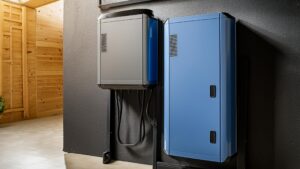
What Does BESS Stand For?
Learn about BESS and how it works. BESS is an effective way for homeowners to store their energy for future use.

How Heat Pumps Can Improve Energy Efficiency
Heat pumps are an energy efficient way to heat and cool your home. Learn more about this versatile tool and how it can help you along your sustainability journey.


No Comments